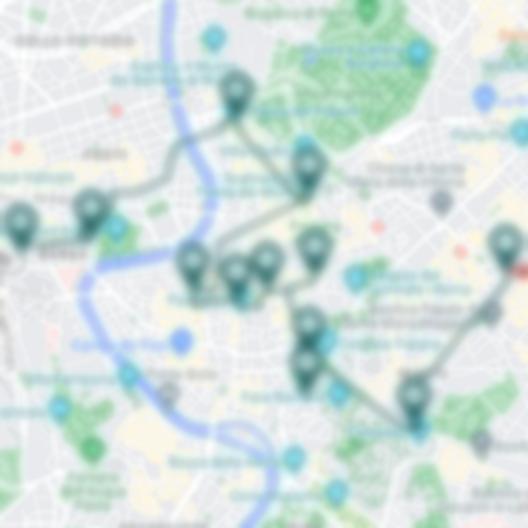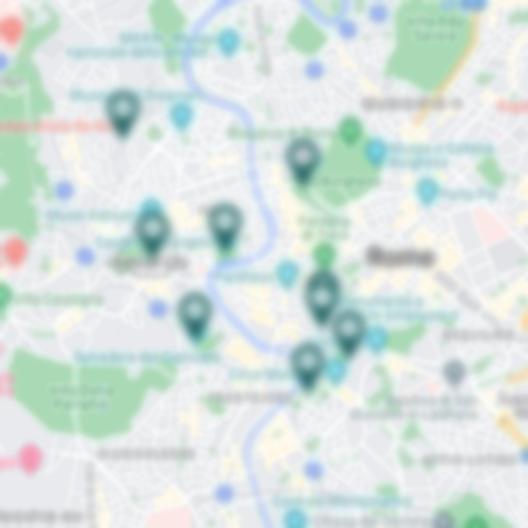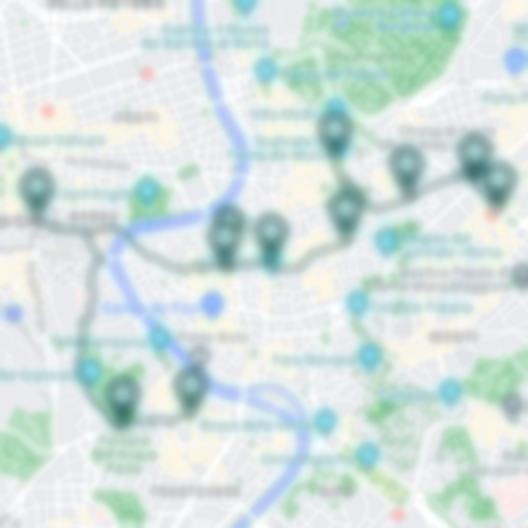Endowed with a long, rich history, and an array of architectural marvels, Rome stands as one of the world’s most popular travel destinations. Among Rome’s remarkable collection of squares and open spaces, Piazza del Popolo holds a prominent position. Not merely a meeting place, but a cultural hub, it is marked by majestic monuments, beautiful fountains, and engaging events that narrate intriguing tales of Rome’s past and present.
Insights into Piazza del Popolo
Piazza del Popolo, translated as the “People’s Square,” has a long and fascinating history. One of the most interesting facts about this public plaza is that, contrary to its name, it wasn’t named after the crowds that frequently gather here. Instead, its name can be traced back to the church of Santa Maria del Popolo, located in the northern gate of the city, where ancient poplar trees stood – ‘popolo’ meaning poplar in Italian.
Another less-known but equally intriguing fact about Piazza del Popolo is its placement at the start of the Via Flaminia, an essential road during the Roman Empire. The Via Flaminia connected Rome to the Adriatic Sea, making Piazza del Popolo the first area travelers would see when entering the city from the north. Thus, Piazza del Popolo held a welcoming role, impressing visitors with its awe-inspiring beauty and grandeur.
Piazza del Popolo has been a significant element of Roman urban planning since its inception. The grand design we see today, marked by the stunning uniformity of architecture, is primarily due to the aesthetic prowess of Giuseppe Valadier, deployed in the 19th century.
Flanked by the twin churches of Santa Maria dei Miracoli and Santa Maria in Montesanto, the square centers on an Egyptian obelisk of Ramses II, originally brought to Rome by Emperor Augustus. Encircling this obelisk are four mini-fountains, each illustrative of an Egyptian lion.
The Porta del Popolo, located on the northern boundary, and two important roads known as the “trident” – Via del Corso, Via del Babuino, and Via di Ripetta – all converge at Piazza del Popolo, rendering it Rome’s nerve center.
Piazza del Popolo’s cultural significance manifests in numerous festivals, markets, concerts, and public gatherings held here. The iconic square has also played a central role in major historical events, connecting the past with the present. Noteworthy is its usage as a location for public executions, last held in 1826.
Today, it is a significant spot for political rallies and is universally appreciated as a tranquil space away from Rome’s bustling city life. With an atmosphere steeped in history and charged with contemporary dynamism, Piazza del Popolo is a quintessential Roman experience.
/
Is Piazza del Popolo Worth Seeing?
The Piazza del Popolo isn’t merely worth seeing; it’s an experience one shouldn’t miss when visiting Rome. It is a place that epitomizes Rome’s historical glory and vibrant social life, where the classical architecture harmonizes with everyday modern hustle.
The piazza offers a perfect blend of art, history, and culture. A visit to the square at dusk gives one a breathtaking view. The setting sun casts a soft glow on the twin churches, and the square comes alive with an undeniable charm mirrored only in Rome. Cafés around the square invite you to enjoy a cup of cappuccino or indulge in gelato as you appreciate the scenic vista.
Beyond the appeal of its architecture and history, the piazza serves as a visual and social treat. Artists, musicians, and performers often find their corner around this eclectic site, adding to its lively atmosphere. Enjoying the square’s nuances, one can feel the true vibe of the Eternal City.
Piazza del Popolo is much more than a grand open space in the heart of Rome. Infused with a wide range of cultural elements, ancient history, and vibrant public life, it is an embodiment of Rome in miniature, a city with timeless appeal and diverse experiences. A visit to Rome without witnessing the allure of Piazza del Popolo would indeed be incomplete. Embracing past, enriching present, and promising future, Piazza del Popolo is Rome – yesterday, today, tomorrow.


